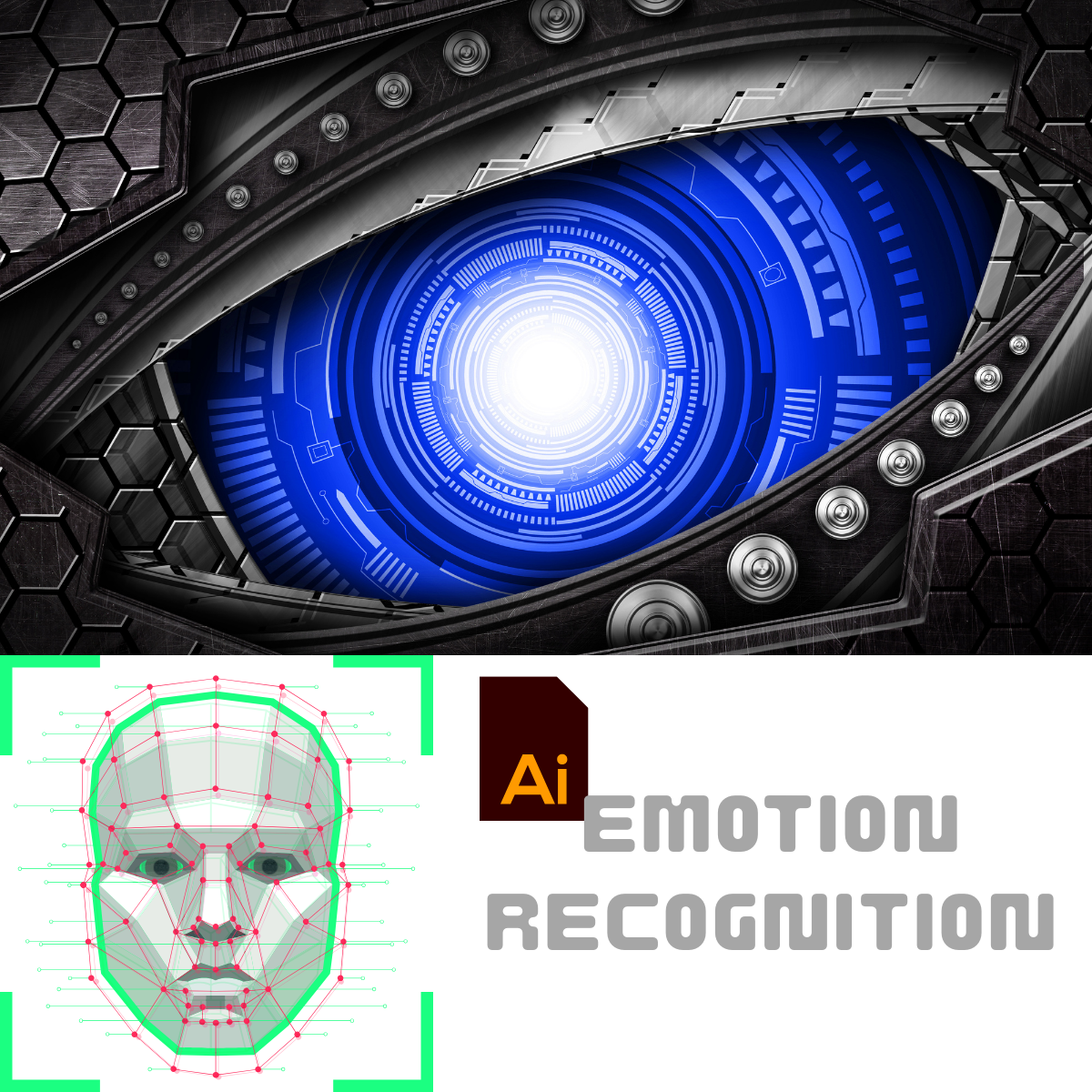Posted At: Aug 15, 2025 - 298 Views

Can AI Truly Capture Emotion?
Artificial Intelligence (AI) has made remarkable strides in recent years, advancing from basic data processing to sophisticated emotional recognition systems. Yet, the question remains: Can AI truly capture emotion? While AI can identify patterns and simulate responses based on emotional cues, its understanding of human emotions is far from genuine. This blog explores the capabilities, limitations, and ethical considerations surrounding AI's ability to interpret and respond to human emotions.
What Does It Mean to "Capture Emotion"?
Human emotions are complex, shaped by personal experiences, cultural contexts, and social interactions. Capturing emotion involves not just recognizing external expressions—such as facial movements or vocal tones—but understanding the underlying feelings and motivations that drive them. For humans, this process is intuitive and empathetic; for AI, it is algorithmic and data-driven.
How AI Recognizes Emotions
AI systems use advanced technologies like machine learning, natural language processing (NLP), computer vision, and multimodal fusion to analyze emotional cues. These systems rely on observable data such as:
- Facial Expressions: Algorithms assess features like eye movement or mouth shape to identify emotions like happiness or anger.
- Voice Tone: Speech analysis detects pitch, rhythm, and tone changes indicative of emotional states.
- Text Analysis: NLP examines word choice and sentence structure to infer sentiment.
- Physiological Signals: Heart rate or skin conductance can provide additional emotional context.
Through these methods, AI can detect patterns associated with specific emotions. For instance, Finnish researchers developed a model that identifies six emotional states—happiness, boredom, irritation, rage, despair, and anxiety—by analyzing cognitive evaluations of events.
The Limitations of AI in Emotional Recognition
Despite its advancements, AI faces significant challenges in capturing the depth of human emotion:
- Lack of Empathy: Unlike humans, AI cannot experience emotions or empathize with others. Its responses are based on predefined patterns rather than genuine emotional understanding.
- Cultural Variability: Emotions are expressed differently across cultures; sarcasm or mixed feelings can be misinterpreted by AI systems.
- Contextual Complexity: Human emotions are fluid and influenced by context—something difficult for AI to encode into its models.
- Probabilistic Interpretation: AI relies on probabilities rather than certainties when analyzing emotional cues. It cannot access private emotional experiences or understand the full complexity behind an expression.
These limitations highlight why true emotional intelligence remains a uniquely human trait.
Applications of Emotion AI
While AI cannot genuinely "feel," its ability to recognize emotional patterns has practical applications across industries:
- Healthcare: Emotional AI aids in diagnosing mental health conditions by analyzing speech patterns and facial expressions.
- Customer Service: Empathic chatbots improve user satisfaction by adapting responses based on detected emotions.
- Education: Personalized learning tools adjust content delivery according to students' emotional states.
- Marketing: Emotion recognition helps brands tailor campaigns to resonate with audiences more effectively.
These applications demonstrate how emotional AI enhances human-machine interactions without replacing genuine empathy.
Ethical Concerns in Emotional AI
The rise of emotion-recognition technology raises critical ethical questions:
- Privacy Risks: Emotional data is highly sensitive. Improper handling could lead to breaches or invasive surveillance.
- Bias in Data: Training models on biased datasets risks perpetuating discrimination in interpreting emotions across diverse populations.
- Manipulation Potential: Emotion AI could exploit vulnerabilities for profit—for example, influencing consumer behavior through targeted emotional triggers.
To mitigate these risks, robust ethical frameworks must govern the development and deployment of emotional AI systems.
The Future of Emotional AI
As technology evolves, researchers aim to refine emotion-recognition systems by integrating deeper contextual understanding and cross-cultural sensitivity. Future advancements may include:
- Enhanced multimodal fusion techniques for more accurate interpretations of complex emotions.
- Real-time processing capabilities for dynamic interactions.
- Ethical safeguards ensuring transparency and fairness in emotion-related applications.
While these innovations promise more intuitive human-AI interactions, they will likely augment rather than replace human emotional intelligence.
Conclusion: Can AI Truly Capture Emotion?
AI's ability to recognize and respond to emotions represents a significant technological achievement but falls short of genuine comprehension. Human emotions are nuanced, shaped by empathy and lived experiences—qualities that machines inherently lack. Emotional AI excels at pattern recognition and creating personalized experiences but remains fundamentally limited in its depth.
Rather than seeking to replicate human emotions fully, the role of emotional AI should be seen as complementary: enhancing interactions while preserving the uniquely human elements of empathy and connection. As we navigate this evolving field, balancing innovation with ethical responsibility will be crucial for ensuring that emotional AI serves humanity without compromising its values.
